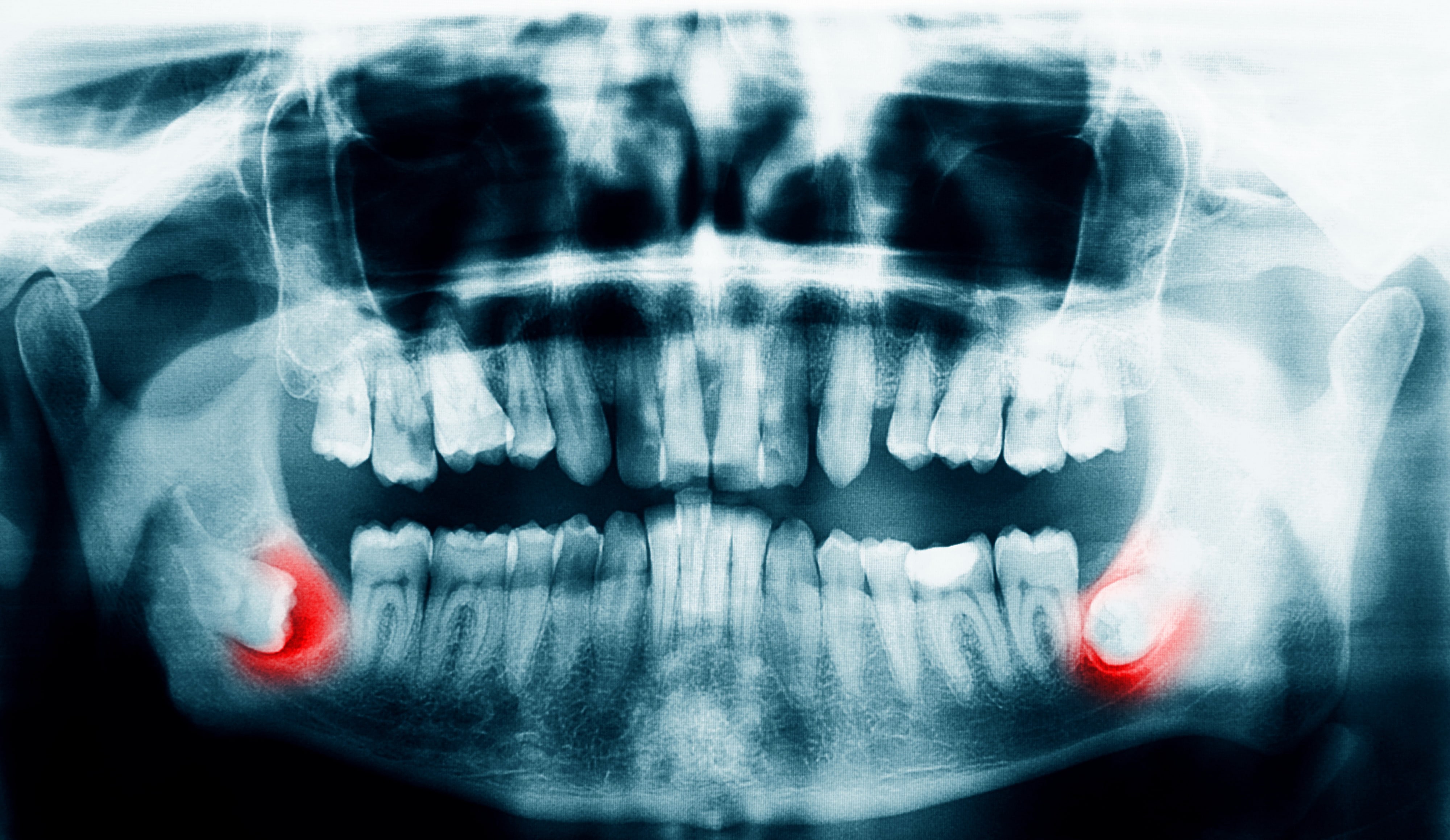SCALING AND ROOT PLANING
Regular professional cleaning and good home care are paramount for gum health. Gum diseases like, gingivitis and early periodontitis can be treated easily by scaling and root planing. Scaling and root planing involve cleaning the surfaces of the root with ultrasonics and hand instruments. While removing plaque and calculus (tartar), the root surfaces are simultaneously smoothed over. In order to prevent infection and aid in the healing process, anti-microbial agents like Arestin, are added to the area.
Although many patients will not be required to have any further treatments after scaling and root planing, the majority will need to have maintenance therapy to sustain health. When non-surgical therapy like scaling and root planing, do not succeed in achieving periodontal health, surgery may be required.
 ARESTIN THERAPY
ARESTIN THERAPY
Another non-surgical treatment of periodontal disease is Arestin therapy. It aids preventing the progression of periodontal disease when used with scaling and root planing.
This is a non-surgical treatment of periodontal disease. As the name suggests it arrests the progression of periodontal disease when used in conjunction with scaling and root planing (deep cleaning)
Arestin is an antimicrobial agent which is dispensed as a 1 mg powder in cleaned periodontal pockets with a depth of 5 millimeters or greater. After placement, it will harden and stay in the pocket releasing Minocycline over 18 to 20 days. This is so that the antibiotic reduces the number of bacteria found in the periodontal pocket.
Some of the advantages of Arestin include treating resistant areas which do not respond to cleaning. Like in cases where patients are smokers, diabetics or have cardiovascular disease. While at the same time studies have found that when Arestin is used, there is a 2mm reduction in the depth of the pockets when used with scaling and root planing.
Frequently asked questions
Why is Arestin used to treat Periodontal Disease?
Although scaling and root planing removes a good amount of bacteria which cause periodontal disease, the hand instruments used in scaling and root planing can’t reach the bacteria that are found in the bottom of the pockets or in hard to reach areas. Which is why our dental experts may decide to add a local antibiotic like Arestin to your treatment.
Does Arestin have any contraindications?
Arestin should not be used if you are allergic to tetracycline, or if you are pregnant or nursing because it might cause discoloration of the teeth in the developing fetus or your infant.
When should I resume brushing and flossing after Arestin therapy?
Patients should avoid brushing the area for 12 hours after treatment with Arestin. Flossing should be avoided around the treated area for 10 days. Other things patients should avoid include hard, crunchy or sticky foods because it could traumatize the gums.
If you have any questions in regards to your periodontal health, do not hesitate to contact Westside Center for Periodontics and Implant Dentistry. We will provide you with all the treatment options available in order to improve your gum health.

 ARESTIN THERAPY
ARESTIN THERAPY


